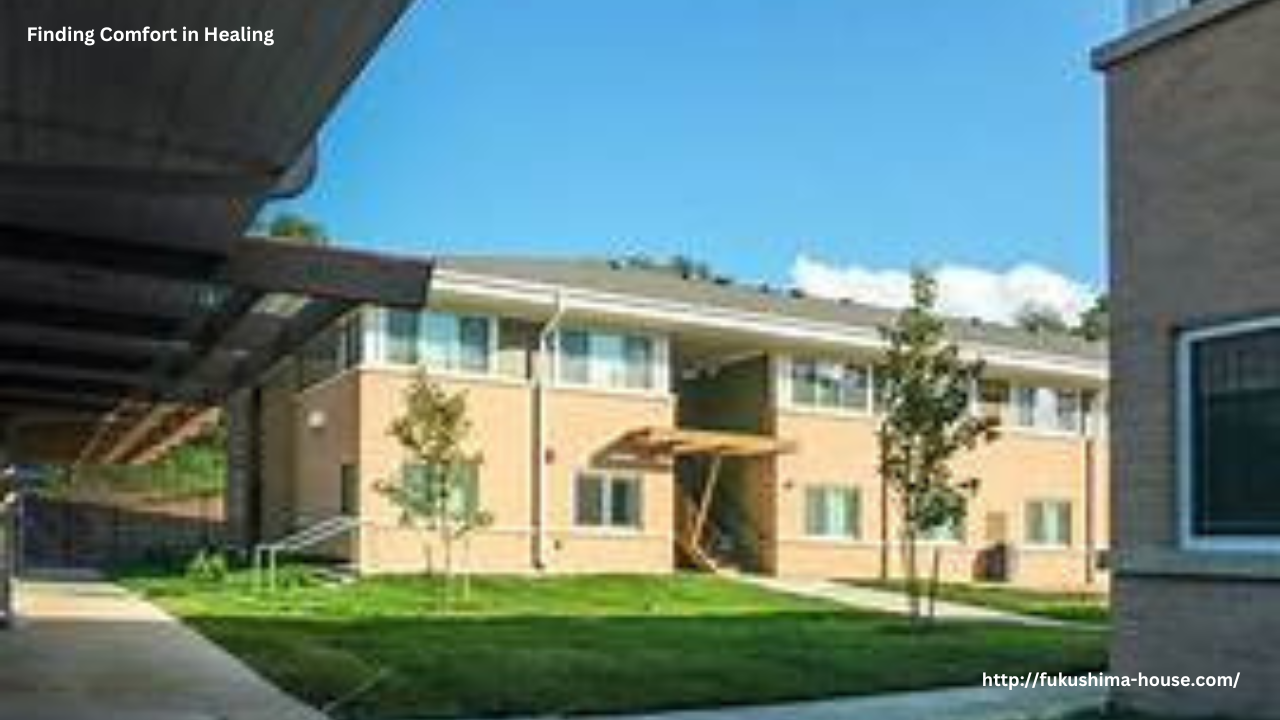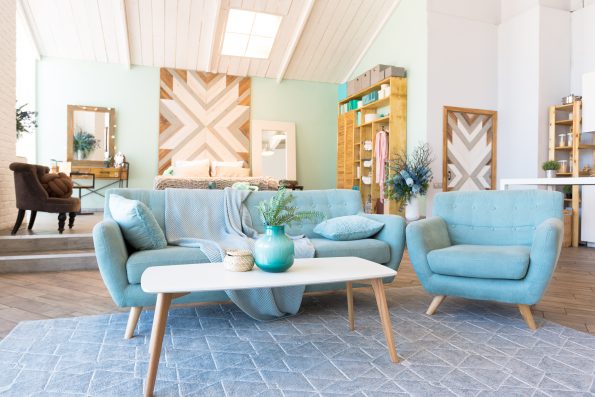
Sobriety marks a powerful new chapter—one filled with clarity, purpose, and growth. But stepping into this new life can also feel unfamiliar, even uncomfortable at first. Embracing the journey means not only navigating the challenges but also learning to feel at home in your sober self. It’s about building a life that reflects your true values and brings you peace. Here’s how to settle into your new sober life and truly feel at home within it.
1. Accept Where You Are
The first step toward feeling at home in sobriety is accepting your starting point. Recovery is not about being perfect; it’s about being present and honest. Acknowledge your progress, however small, and give yourself credit for choosing a new path. When you stop resisting where you are, you begin to appreciate the strength it took to get there.
2. Redefine Your Identity
Addiction may have shaped your past, but it doesn’t define your future. Embrace this opportunity to rediscover who you are without substances. Explore your passions, hobbies, and values. Who are you when you’re not numbing pain or chasing escape? This self-discovery is the heart of making sobriety feel like home.
3. Create Meaningful Routines
Routines provide structure, comfort, and a sense of control—especially during uncertain times. Develop a daily rhythm that supports your physical, emotional, and spiritual health. Include time for self-care, exercise, nourishing meals, and moments of reflection. These consistent practices create a strong foundation for your sober life.
4. Build New Connections
Feeling at home in sobriety is easier when you surround yourself with people who understand and support your journey. Seek out sober communities, support groups, mentors, or friends who lift you up. Shared experiences and honest conversations can ease loneliness and make your new life feel less isolating and more connected.
5. Celebrate Milestones and Progress
Recovery is filled with important moments—each day, week, and month without substances is worth recognizing. Celebrate your milestones in meaningful, healthy ways. Whether it’s a quiet moment of gratitude or a small personal reward, these celebrations affirm that your progress is real and your journey is worth honoring.
6. Make Space for Joy
Sobriety isn’t just about avoiding pain—it’s about embracing joy. Seek out experiences that bring you happiness and fulfillment. Spend time in nature, take up a creative hobby, volunteer, or explore new interests. Infusing your life with joy turns your sober experience into something vibrant and deeply rewarding.
7. Be Patient and Compassionate with Yourself
Learning to feel at home in sobriety takes time. There will be days of doubt, discomfort, and even grief for the life you left behind. Allow yourself to feel all of it without judgment. Healing isn’t linear, and each step forward counts. Treat yourself with the same kindness you would offer a dear friend.
Embracing the journey of sobriety means choosing to live intentionally and authentically. When you give yourself the space, grace, and tools to grow, your new sober life doesn’t just become manageable—it becomes a place where you feel truly at home.








